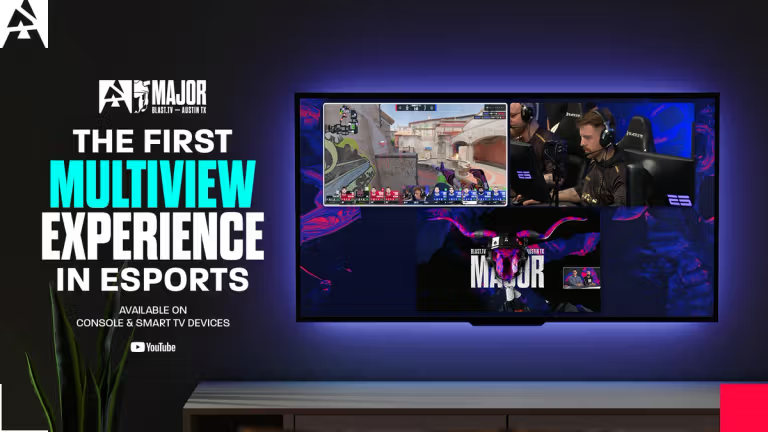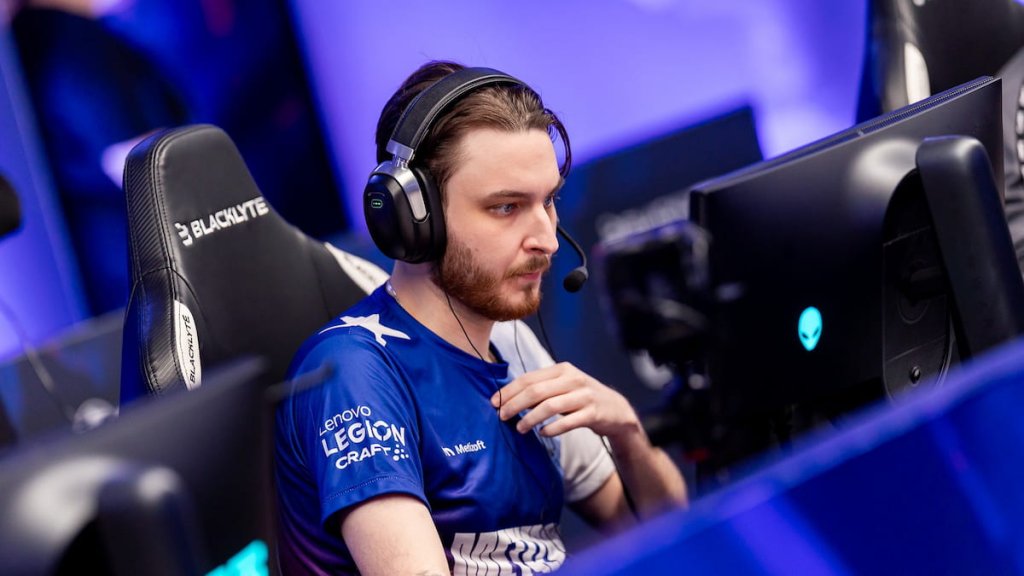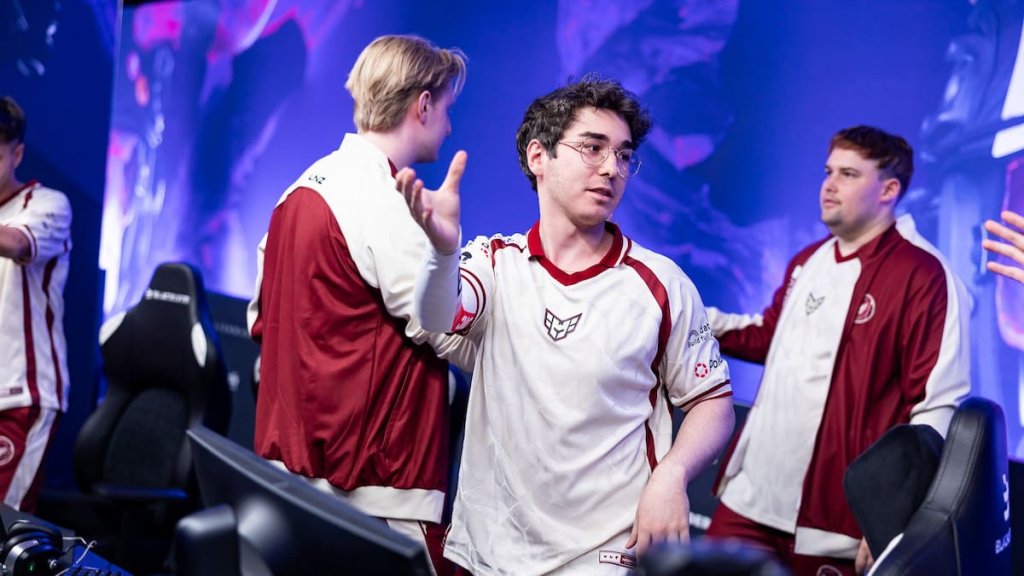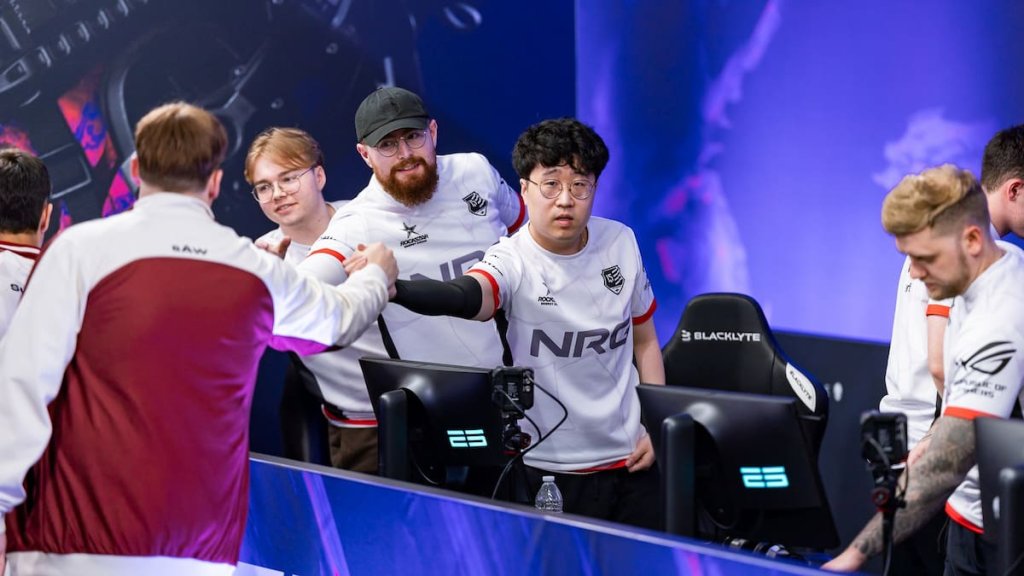
How CS:GO Majors Work – The Ultimate Guide
CS:GO Majors are the pinnacle of esports. Winning one is the greatest honour bestowed upon the players of CS:GO, the jewel in the crown of the best CS:GO players of all time. We’re going to show you how these Majors work, and how teams qualify for the chance to compete on CS:GO’s biggest stage.

Outsiders won the IEM Rio Major 2022.
Qualifying
The best part about CS:GO Majors is that they’re completely open-circuit. Even the lowest-ranked CS:GO team can qualify if they play perfectly. The process begins with a series of online open and closed qualifiers across different regions. These games are best-of-one matches and can be punishing. Anyone can enter the open qualifiers, whereas the closed qualifiers are reserved for higher-ranked teams that haven’t automatically qualified for the next stage through other means.
Teams that qualify from here, move on to a series of Regional Major Ranking qualifiers, or RMRs for short. These are typically European RMR A, European RMR B, American RMR, and Asia-Pacific RMR. These are LAN events that determine the eventual contenders of the Major. In the European RMRs, the top eight teams from both proceed to the Major, with 9th-11th moving to a last-chance Decider Bracket. In the American and Asia-Pacific RMRs, it’s the top four and top two teams that qualify directly to the Major respectively. The final two Major places are decided by the results of the Decider Bracket.
As you can tell, qualifying for CS:GO Majors involves a lot of Counter-Strike. It’s why typically, only the best Counter-Strike esports teams manage to climb the hill and reach the CS:GO Majors.
CS:GO Major Stages
The Major itself features several stages. It begins with the Challengers Stage, where the lowest-ranked teams from the RMRs compete for a place in the next stage. A seeding system decides the opponents here to ensure it’s as fair as possible. To progress from the Challengers Stage, teams must win three out of five games. The eight teams that manage to win three games move onto the Legends Stage. The bottom eight go home.
The eight top-ranked teams from the RMRs automatically qualify for the Legends Stage, joined by the teams progressing from the Challengers Stage. The concept here is exactly the same – win three out of five games to progress. Eight teams move on, and eight are on the first plane home.
The final eight teams left standing progress to the Champions Stage. This is the best-of-the-best, where the competition really begins to hot up. Over a few days of CS:GO, teams aim to move from the Quarter-Finals to the Grand Final where they compete for a huge cash prize, as well as automatic qualification to upcoming CS:GO events. Every match in the Champions Stage is a best-of-three, so there are no accidents here. For the team that makes it over the finish line, every player has their name embedded in CS:GO history forever.
CS:GO Majors 2023
The next CS:GO Major is fast approaching. The BLAST.tv Paris Major 2023 kicks off on May 8th, 2023, with qualifying ongoing over the next few months. Here, Outsiders aim to become only the third-ever back-to-back CS:GO Major winners, after the legendary Astralis and Fnatic rosters. Their CS:GO Major 2022 win at Rio was a huge surprise, and doing it again would be a remarkable achievement.
FAQs
The most proficient team in CS:GO Majors is Astralis, with a total of four victories on the biggest stage of all. All of these CS:GO Majors came between 2017 and 2019, including an impressive three in a row. Despite not being at the same level nowadays, Astralis redefined the meta of CS:GO and for that will always be a legendary team in the history of the game. Next in line is Fnatic, with three CS:GO Major wins during the early days of the game. Which team has won the most CS:GO Majors?
The first-ever CS:GO Major was DreamHack Winter 2013, and was won by Fnatic. It took place in Jönköping, cementing Sweden’s CS:GO legacy. Many of the teams involved are no longer in existence, such as Team iBUYPOWER and Astana Dragons. However, there are definitely some recognizable names there. Aside from Fnatic, DreamHack Winter 2013 also featured Ninjas in Pyjamas, NAVI, and Complexity, all of which competed at the final CS:GO Major in Paris. Who won the first-ever CS:GO Major?
CS:GO Majors are where the best play the best. The qualification process is certainly difficult, but it can separate the men from the boys. RMRs can produce unexpected results, but if lower-ranked teams are beating higher-ranked teams, then why do the higher-ranked teams deserve to be there? The system has faced some criticism in the past, but it is as close to a meritocracy as competitive CS:GO is ever likely to get. Why is it so difficult to qualify for a CS:GO Major?
There is only one player to have attended every single CS:GO Major since their inception. That man is dupreeh, who even won four of them with Astralis. His attendance has come with five different teams – Copenhagen Wolves, Team Dignitas, Team SoloMid, Astralis, and Team Vitality. To have qualified for all 19 CS:GO Majors is quite a feat, and is one that dupreeh can be very proud of. It remains to be seen if he will continue this legacy when the first CS2 Major is held in 2024.Which player has attended the most CS:GO Majors?












